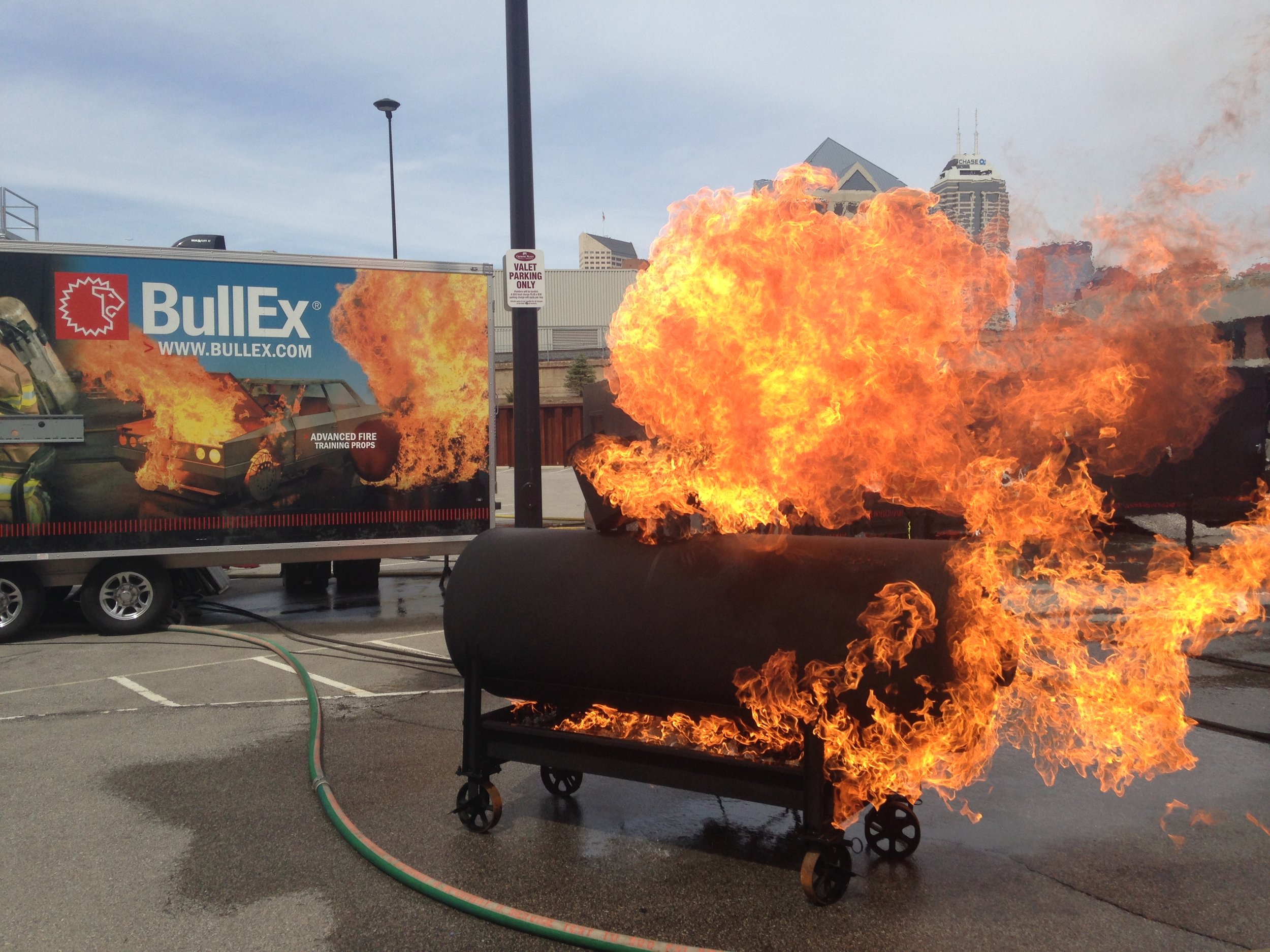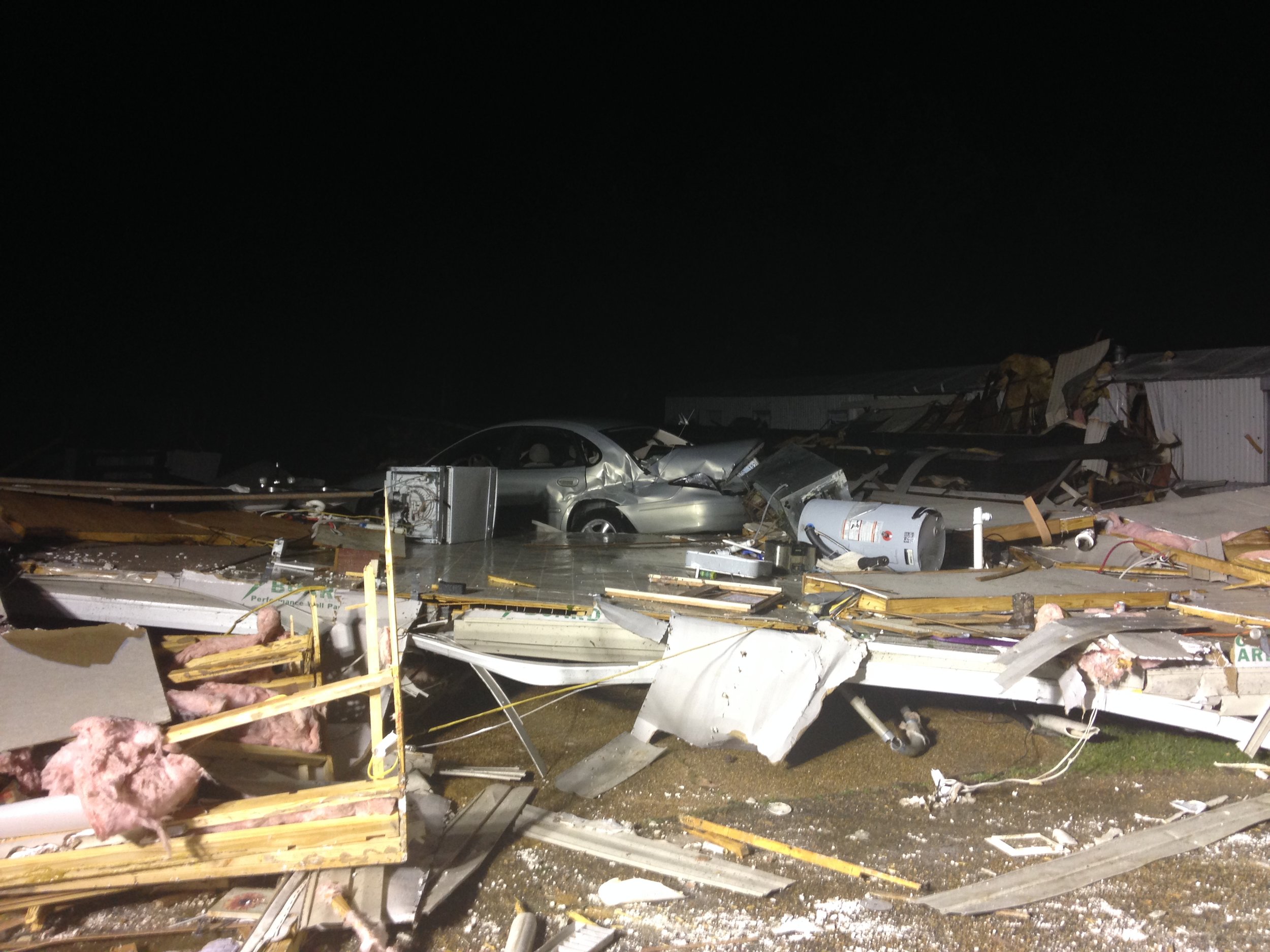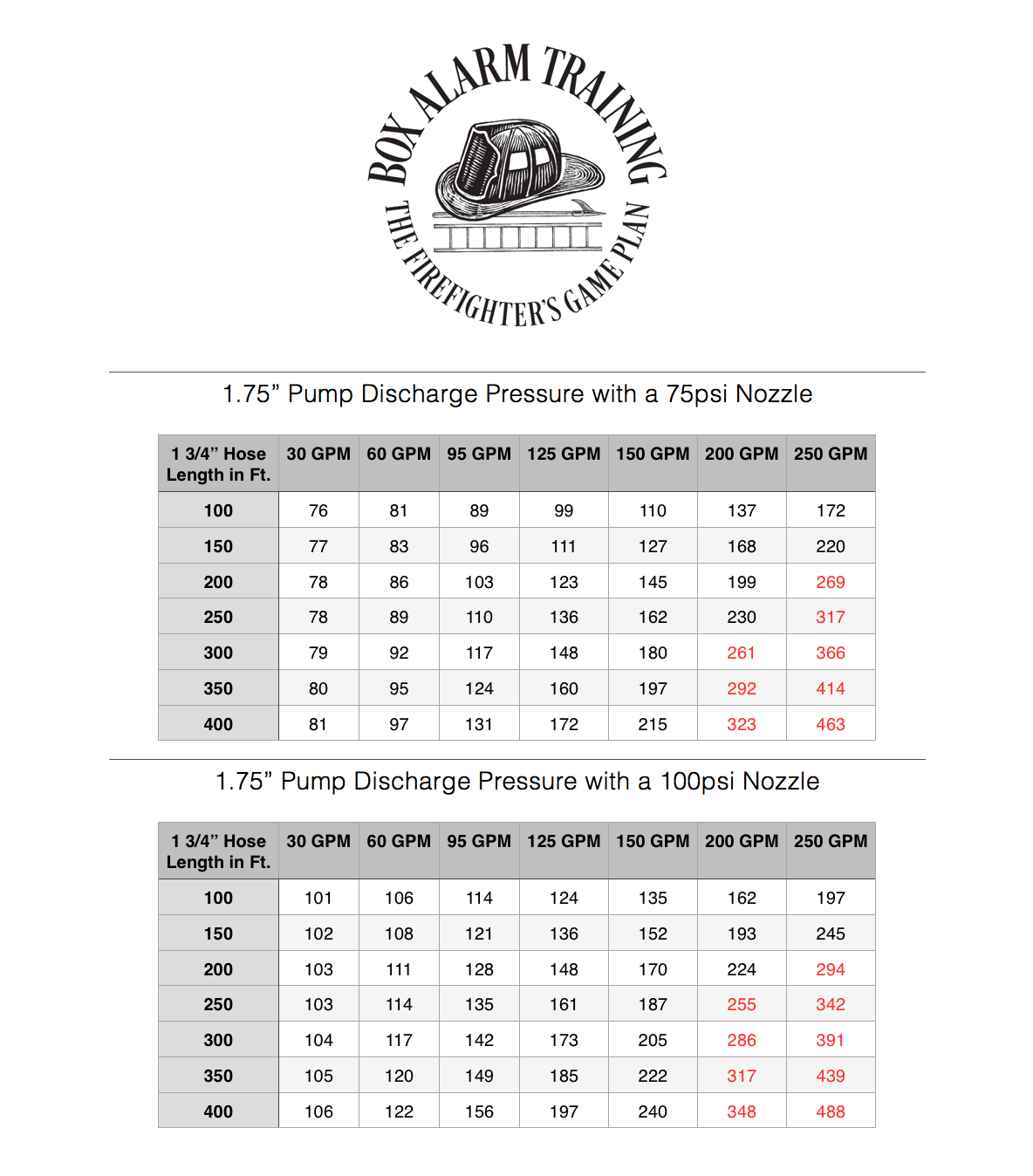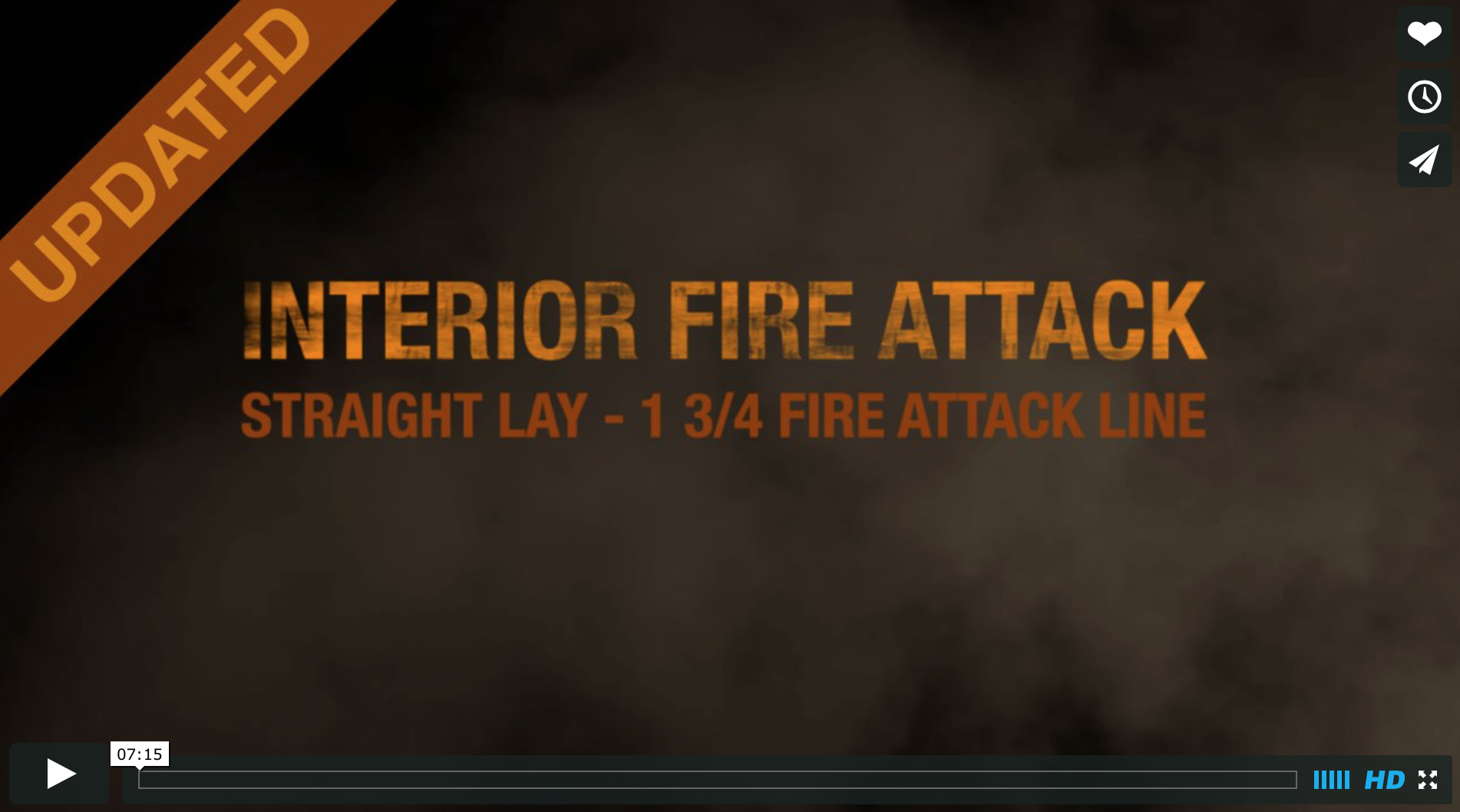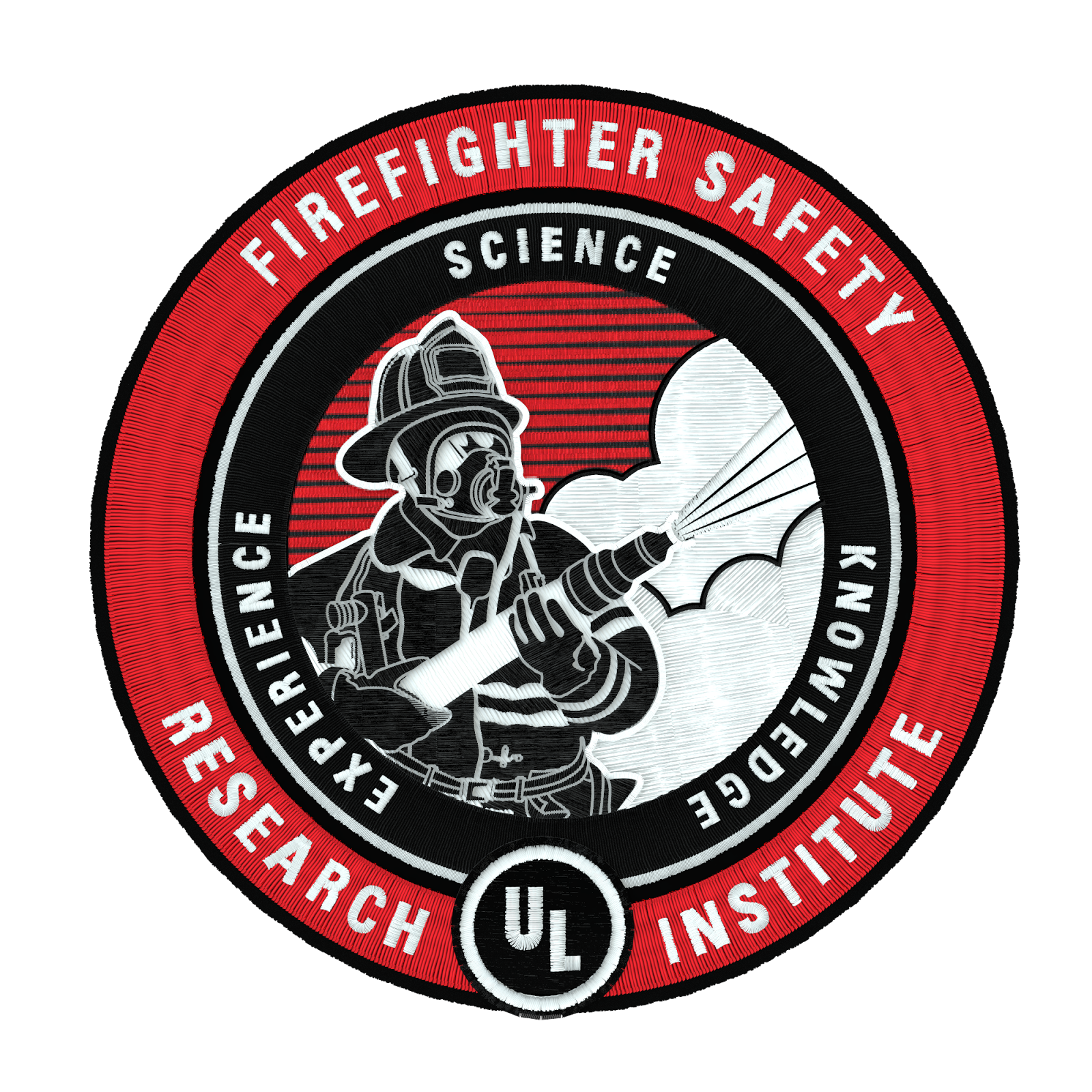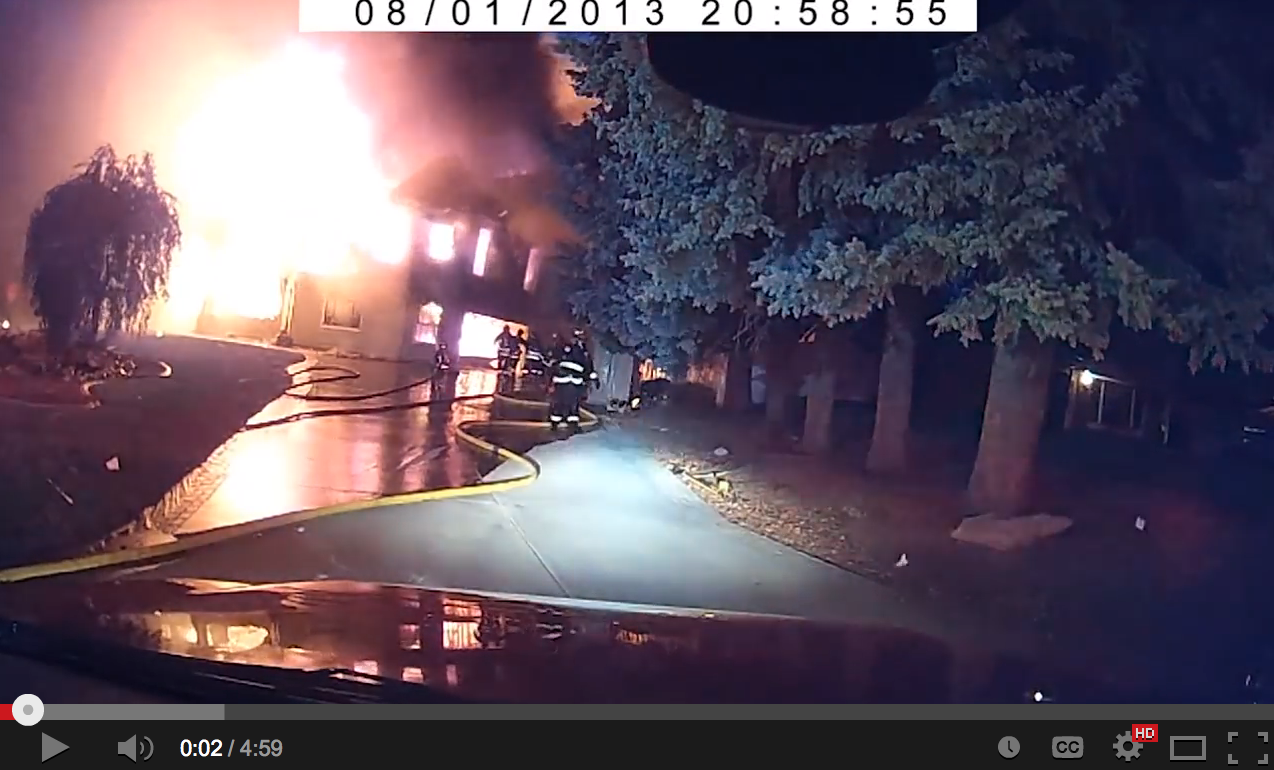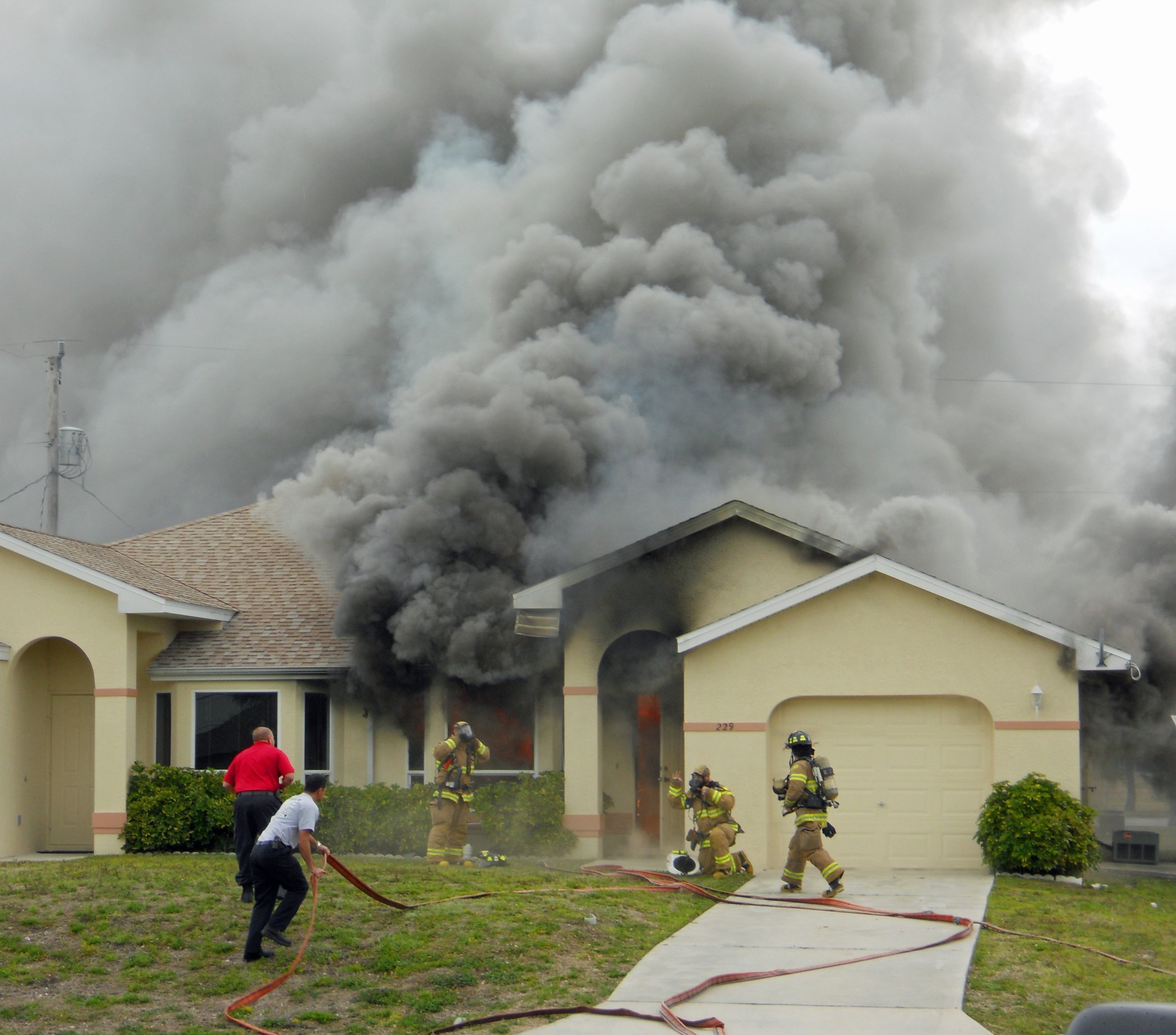This is an outstanding After Action Review from Boise, ID. They have put together the incident videos and what they have learned from this incident. This is great information to share with your crews. Take the time to read and watch what happened. Hats off to the Boise Fire Department for sharing this for all of us to learn.
You can also download and print the After Action Review by clicking here.
***Boise Fire Department Close Call August 1, 2013***
Area and Department Information
Boise, Idaho is the capital city of Idaho and is located in the Pacific Northwest in an area known as the “Treasure Valley”. Boise is bordered to the north by foothills at the base of the Rocky Mountains and, to the south, Boise extends into the Owyhee high region of the Great Basin desert. Population in the City is 212,303, with 606,376 in the metro area.
The Boise Fire Department provides all hazard emergency service to Boise City and the Whitney and North Ada County Fire Protection districts. The department is divided into three battalions and operates 16 engine and three truck companies from 18 fire stations. On August 1st, Boise firefighters battled a 3-alarm 3-story residential structure fire and came within inches of suffering a tragic loss. Five members narrowly avoided being buried when a structural collapse occurred. The 6,200 square foot (Sq. Ft.), wood frame, 3-story home sat back on a corner lot. The residence was built in the late 1950’s and received approximately 4000 Sq. Ft. in additions throughout the years. The home was currently undergoing finish work and was not being lived in at the time of the fire. One of the captains assigned to the first alarm had seen photos of the interior on a real estate website two weeks prior to the fire.
The structure presented firefighters with a number of unique challenges. Generally, a residential structure of 6,200 sq. ft. would fall more in line with a 4 to 6 unit apartment or condominium building. However, when dealing with apartment occupancies, we find fire rated doors, walls, and compartmentalized interiors; all of which assist us in slowing fire spread. The Hill Rd. structure had an open floor plan that provided large common areas for fire to travel, unimpeded, throughout the structure. This is especially concerning when the fire is a wind aided event as experienced with this incident.
First alarm companies assigned to the incident were E9, E16, E2, T5 and BC2. For BFD, each additional alarm mirrors the first with the addition of a medical supervisor and ambulance on the 2nd alarm. Apparatus staffing for the Boise Fire Department is a minimum of three personnel on engine companies and a minimum of four personnel on a truck companies.
The Hill Rd. fire was dispatched at 2127 HRS. The evening weather was stormy, with high winds, relative humidity in the teens, and a temperature of 88 F. E16 and BC2 were just clearing a power line down call and were responding from the E. 48th St area. E9 was the first to arrive on scene and encountered wind from the northeast blowing smoke towards the street and obscuring the E9‘s captain’s view of the situation. The captain was able to see the reflection of fire off of a white vinyl fence that ran the length of the Delta side property line, which he believed indicated a fire on the Charlie/Delta corner of the home. During his walk around, the E9 captain noted that only the sunroom on the Charlie side was involved with fire. A full 360 degree size up was not performed, due to a locked gate along the Charlie side and reports from bystanders that the Delta exposure was catching on fire. The Charlie/Delta exposure, a neighboring house, was 20 feet away. The Bravo/Charlie exposure was within 15 feet (of?).
After providing a size up, the E9 captain ordered a direct attack on the Charlie side and communicated that they would be in a defensive mode, initially, with a mindset that they might be able to knock it down from the exterior and then transition to an offensive interior attack. He indicated that he was concerned about protecting the Charlie/Delta exposure. The E9 captain ordered his firefighter to pull a 1 3⁄4” pre-connect (185 GPM) to the Delta side to begin fire attack. He stated that, in hindsight, he wished he had initially ordered a 2 1⁄2” line.
E16 was the second engine to arrive on scene. The E16 captain stated that he was familiar with this house from pre-planning. He was aware that it was vacant and for sale and had been remodeled multiple times through the years, adding large un-compartmentalized spaces. He also noted the possibility of this being a wind driven event.
The E9 and E16 captains met face to face where E9 stated that he wanted E16 to get the garage door on the Delta side opened up in hopes that they could stop the fire at that location. The E16 captain initially ordered a second 1 3⁄4” pre-connect as a backup line (per E9 Captain) but then changed the order to a 2 1⁄2” line for greater knock down power with the rapidly spreading fire. From that point, the E-16 captain and driver became “task driven” in gaining access through the garage door. The E16 firefighter worked a 2 1⁄2 line that was flowing 250 GPM with a fog nozzle by himself. Ten minutes after the first fire unit arrived on location, the E9 captain radioed the IC an urgent message to tell him he saw evidence of an imminent collapse on the Charlie side. The IC immediately announced for all personnel to clear out of the collapse zone. Nine seconds after this transmission, a global collapse of the 2nd and 3rd floor occurred.
The E-9 captain advised that he reported the imminent collapse when he witnessed bare studs on the Charlie side cracking. Furthermore, he stated that he had never seen a similar collapse in his 25 years on the job. He expected an eventual collapse, but thought it would occur locally, not globally. Fortunately, he was in a position to observe collapse indicators and report them prior to when it occurred.

The E16 captain’s recognition of the exposed wall studs and second floor TGI trusses once the garage was opened up was noteworthy, but did not seem like a critical issue. Two weeks earlier, this house was for sale online with numerous photos of the interior, including the garage area. Once he noticed the exposed studs in the garage during the incident, he believed this was just a small area still yet to be sheet rocked from the recent renovation. Situational awareness is only as good as one’s perception accurately matching reality or, in this case, wishful thinking matching reality. What the E16 captain didn't know was that the structure had been vandalized two days prior. Someone had plugged drains, turned on the water, and flooded the home. A restoration company had just removed a lot of the sheetrock throughout the structure, to aid in the drying of the wood. This provided incredible flow paths for the wind driven event.
Working on the Delta side, the E16 captain said, “There were times when the wind appeared to stop.” In hindsight, he determined that it is likely the surrounding fences, trees, and houses blocked most of the eye level winds, giving him a false reading on how hard the wind was still blowing.
Below is the Dash Cam Footage from the Incident Commander:
BC2 and E16 arrived on location two minutes behind E9. BC2’s initial concern was in limiting the fire to just the structure involved due to the high winds estimated at 20-25 mph on his arrival. Winds along the base of the North Boise foothills extended several miles from NW to NE Boise. The thoroughfare is at the base of nearly continuous wildland urban interface development upslope to the north. Many of the homes in older developments still have wood shake roofs. The home involved was on the north side of Hill Rd.
E9 transferred command to BC2, advising that they were “defensive for now". It was clear that this rapidly escalating incident would be a challenge, at best. In anticipation of additional units arriving to assist, the IC began assigning tactical level supervisors to assist with maintaining an appropriate span of control. When the second BC arrived (BC1), he was assigned as Fire Attack Group Supervisor and was given E9 andE16 to manage. A couple of minutes later, T5 and E42 were added to the Fire Attack Group. By this time, E9 had extinguished the Delta exposure and was attempting to make access to the Charlie side of the main fire building as fire had extended to the interior. E2 was sent around to the west side, where Hill Rd. turned to the north following the shape of the foothills. The E2 captain was assigned as Division Charlie Supervisor and was given E5 and T6. Division Charlie was assigned to protect the Charlie exposure and provide a size up of structural exposures, reporting any wildland issues to the IC.

The IC clearly noted when E9 made access to the interior from Charlie by the incredibly rapid fire spread from all three floors. The swirling downslope tailwind aided in this extreme fire behavior. This is clearly visible in the full dash cam video shot from the IC’s command vehicle on Alpha. E4, arriving on 2nd alarm, was directed to come to the incident command post (ICP) on the Alpha side. At the ICP, the IC told E4 he was going to make them RIT (Rapid Intervention Team), even though they were in defensive mode due to how fast things were escalating.
A little more than 15 minutes after the first call reporting the fire in the 911 center, E9 reported priority traffic and advised the IC of indications of an imminent collapse on the Charlie side. Seconds before this transmission, the IC is heard saying, “All units: we are defensive on the main fire.” The IC later advised that his reinforcement command of the defensive strategy was because of his discomfort in the structural stability. He could see that a firefighter operating a 2 1⁄2” line on the Alpha side was too close. Command’s view of crews operating on the Delta side was obscured by the row of large trees on the east side of the driveway. After receiving the imminent collapse traffic, the IC clearly announced for all units to back away from the structure and to back up out of the collapse zone. The collapse that followed was more extensive than anyone on scene had predicted. Judging from the reaction of firefighters in the Alpha/Delta area running towards the collapse, the IC feared that firefighters in the Fire Attack Group must have been caught in the collapse. The IC requested a second ambulance and tone alert for emergency traffic from the dispatch center. The IC began an emergency roll call, requested a 3rd alarm, and activated RIT (E4).
Third alarm companies, E6, E10, E1, T7, BC3, were directed to Cynthia Mann Elementary down the street for staging. While staging was being managed by E6, command was notified by dispatch that there was a roof on fire downwind to the south. With a complete roll call and just minor injuries at the Hill Rd. fire, 3rd alarm companies, led by BC3, were directed to the roof fire on a separate radio channel.
After receiving a complete roll call, the second ambulance was cancelled and crews were positioned to operate 2 1⁄2” lines to keep the embers down. Eventually, the winds died down and companies were released. The IC scheduled a rotation to ensure at least one crew remain on scene throughout the night to put out hot spots. Brush 1 was staffed and assigned to patrol a several block perimeter for fire brands(?) and hot spots due to the intermittent gusting winds.

After Action Review
One of the concerns facing firefighters was a situation experienced five years earlier on a significant incident. An incident, known as the “Oregon Trail Fire”, occurred in Boise on August 25, 2008 at 1900 hrs. This was a wildland urban interface fire that was fueled by high winds, low relative humidity and high temperatures. Sixteen homes were destroyed or significantly damaged and seven others received minor damage. Of the 23 total structures damaged, eight were a result of flying embers and not direct flame impingement. Aggressive defensive tactics on the Hill Rd. incident would prove important, as two other structures’ roofs caught fire during suppression efforts.
Close Call
Both E9 and E16’s hoselines were found beneath the collapsed structure. BC2 stated that he expected collapse at some point, but did not expect it to occur so quickly or so globally. Crews operating on the Delta side were unaware of the advanced fire conditions in the rest of the structure, believing that the fire was isolated to where they were making their attack. Crews operating on the Delta side were also unaware of a master stream being placed into operation. From the IC’s location (dash cam), he did not realize crews on Delta were operating so near the structure when he gave the okay for the E9 driver to flow it. In hindsight, the IC indicated that he should have requested a tone alert and announced to all crews operating on the fireground that a master stream would be going into operation. Three firefighters were injured (back, head, ribs) during the collapse, but none were transported to the hospital.
Staffing
Most captains operating on the Delta side indicated that they were too hands-on, which limited their ability to step back, view the big picture, and maintain accurate situational awareness. The ability to accomplish numerous tasks at any rapidly evolving incident is hampered with only 3-person engine staffing. Captains are not able to issue orders and observe visual and audio cues on the fireground when they are required to be so hands-on to accomplish an assignment.
Review of Emergency Traffic and Roll Call
Shortly before the collapse, the E9 captain transmitted emergency traffic regarding collapse. This transmission did not go through, as he was walked on by another transmission. E9 Captain retransmitted his message a second time using the term “priority traffic”. The IC ordered crews out of the collapse zone just prior to collapse. Emergency Traffic would have been appropriate, according to BFD SOP.
The IC requested tone alert for Emergency Traffic from Dispatch. Only a single beep of the tone alert came across the radio, resulting in Division Charlie companies missing the announcement of an emergency roll call. This resulted in Division Charlie interrupting the roll call to report the collapse. The roll call was initiated and completed in two minutes and 40 seconds. At the time of collapse, the IC had not completed his tracking sheet and had to perform much of the roll call from memory.

Apparatus Placement
The E9 captain indicated that he had considered pulling around to the Bravo side of the structure on E. Hill Rd., but opted to spot the apparatus on the Alpha side in order to position at a hydrant located in the front yard of the residence. E9 intended to have the second in engine (E16) spot on the Bravo side in order to stretch lines to the Charlie side. The E9 Captain didn’t realize that, due to the powerline down call, E16 was responding in from the east rather than from their quarters to the west. E16 ended up parking on the E. Hill Rd. side (Alpha), behind E9.
E2 was then assigned to spot on the Bravo side. Upon arrival, T5 spotted on the Alpha/Delta corner of the property. The T5 captain indicated that his apparatus placement was a deliberate decision to have his apparatus in an optimal position for aerial operations, if needed.
As units from the second alarm arrived, E. Hill Rd. became congested as apparatus were not placed to allow access for additional vehicles. East of the property on Hill Rd. was completely blocked. This could have been disastrous, had firefighters been critically injured with ambulances needing access for transport to the trauma center. This also made response to the exposure fire at 5195 Holly Hill Drive difficult, particularly for BC3.
Lessons Learned
“Know what your fire is doing at all times.” This rule is adhered to on wildland fires to ensure that changing weather or fire conditions don’t catch firefighters by surprise. This is not always possible in the structural environment, particularly when we are making an interior attack and our senses are limited. However, on defensive or exterior operations, fire officers should slow down and assess conditions frequently. On smaller house fires, individual officers can scout and size up what they are dealing with. Larger structures, like the Hill Rd. home and many commercial buildings, make it difficult to scout and size up the fire behavior. In these instances, it might be necessary to have division officers, BCs or safety officers operating on specific sides of a structure to provide situational awareness for the IC and operating companies.
Items for Discussion
Can you have an aggressive defensive position on a structure? Can you operate in the collapse zone on a defensive fire?
If so, how can you help mitigate the risk?
Final Thoughts
• A 360 degree size up is critical for situational awareness.
• Defensive operations should be conducted with consideration to collapse zones, exposure
protection, and firefighter safety.
• Defensive operations require a different operational tempo than that of an offensive mode fire. We
can still be aggressive but proceed with extra consideration being paid toward situational awareness.
• Company officers must remain as hands-off as possible to maintain a view of the big picture on
defensive operations.
• Exposed structural members will lead to rapid fire growth and early building collapse.
• Discipline and composure must be maintained at all times as demonstrated on the fireground around the time of the collapse.
• Review performance measures with dispatch regarding tone alert, emergency traffic, and mayday protocols to ensure proper fireground communications.
• Develop training focused on operational tempo, mindset, and situational awareness.
• BC2 commented on the difficulty getting a grasp on the incident with excessive radio traffic of first alarm companies reporting on location, making assignments, waiting for responses, etc. BC2 suggested pre-assignments for typical residential structure fires may have been beneficial at this
incident.
• A Battalion Chief’s Aide would have been very helpful during this incident.
5120 Hill Rd. Incident Timeline
/212751 Dispatch notified of fire at 5120 W Hill Rd.
/213309 E9 arrives on scene, gives initial report, establishes Hill Command, and calls for a second alarm /213318 Second alarm dispatched E5 E42 E4 BC1 M26 EMS20 BGA
/213514 BC2 on scene
/213639 E9 reports a significant exposure on Charlie side and requests next in engine to respond in on Castle and position on north side of structure and protect Charlie exposure
/213703 E16 on scene
/213741 E5 on scene
/213755 T5 on scene
/213850 E2 assigned as Charlie DIV SUP
/213856 E5 assigned to Charlie DIV
/213933 T5 assigned to Fire Attack GRP
/214040 E42 on scene
/214058 T6 on scene
/214131 E42 assigned to Fire Attack GRP
/214204 T6 assigned to Division Charlie
/214312 Command announces over radio that we are in defensive mode on the main fire
/214315 E9 reports imminent collapse
/214326 Command announces imminent collapse and orders all crews to back out of collapse zone
/214340 Delta side of structure collapses
/214401 Command requests tone alert from Dispatch, requests a 3rd alarm, and orders a role
/214421 Third alarm dispatched (E6 E10 E1 T7 BC3 M23)
/214452 Fire Attack Group Supervisor reports that T6, T5, E16, and E9 are all accounted for
/214506 Command requests roll call from Charlie Division
/214555 Division Charlie Supervisor reports that E2 & E5 are accounted for
/214605 E9 driver accounted for
/214616 E42 accounted for
/214624 E42 accounted for
/215119 E6 on scene
/220009 Dispatch reports that residence at 5195 Holly Hill Drive is on fire
/220046 3rd alarm units assigned to fire on Holly Hill Drive
/002623 E4 on scene
/004426 Command transferred from BC2 to E9
/004431 BC2 in service
/004511 BC1 in service
/004628 E16 in service
/004904 142 in service
/020728 E2 in service
/064021 BR1 in service
/095714 E3 in service
/131030 E9 in service
/131030 CLOSE

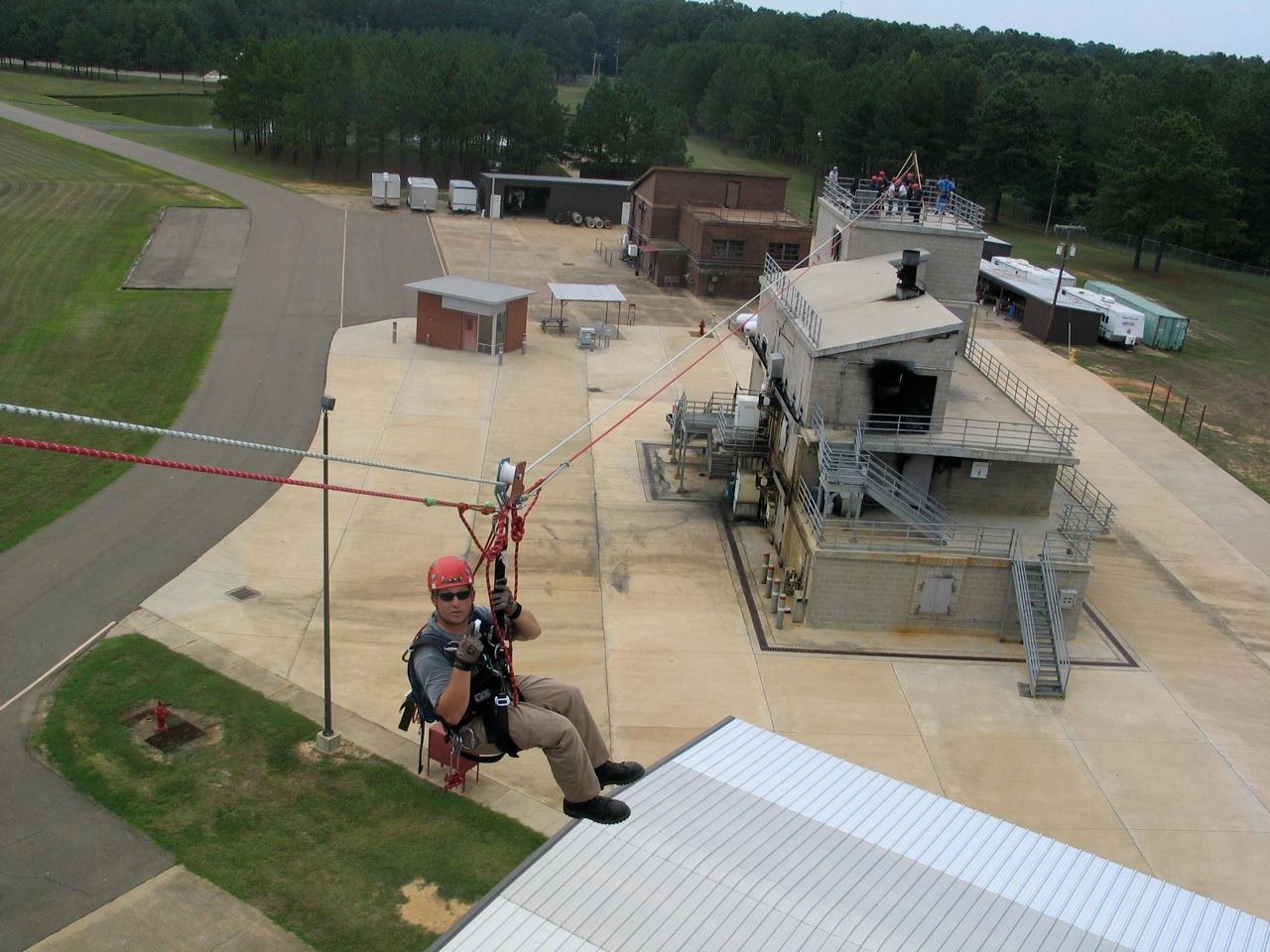 The last one was long, but perhaps touches all of us in this field. It is important to use the knowledge and critical thinking responsibly. You will encounter closed minds and we are obligated to honor SOPs / SOGs within our teams and departments. In closing I would like to reiterate: do not accept old ways and the status quo blindly. Take courses, books, instructors, and check the facts. Conduct equipment trials and firehouse experiments. Try new methods and put the issues in the spotlight. Continue to ask why- just do it in the right way. Quietly and humbly enjoy the wins. Take your losses on the chin and sleep well knowing that you know the answer from firsthand experience.
The last one was long, but perhaps touches all of us in this field. It is important to use the knowledge and critical thinking responsibly. You will encounter closed minds and we are obligated to honor SOPs / SOGs within our teams and departments. In closing I would like to reiterate: do not accept old ways and the status quo blindly. Take courses, books, instructors, and check the facts. Conduct equipment trials and firehouse experiments. Try new methods and put the issues in the spotlight. Continue to ask why- just do it in the right way. Quietly and humbly enjoy the wins. Take your losses on the chin and sleep well knowing that you know the answer from firsthand experience.





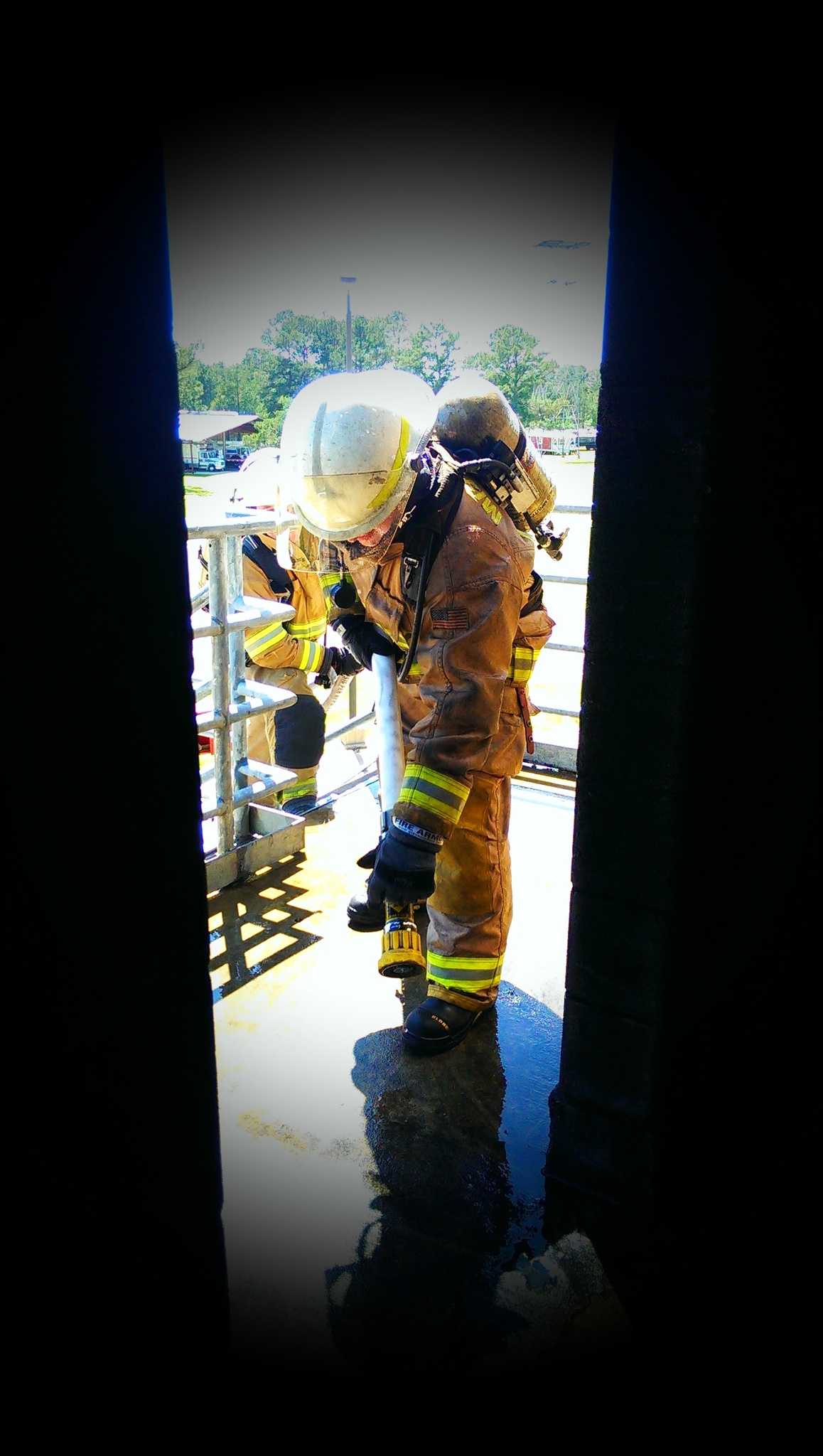


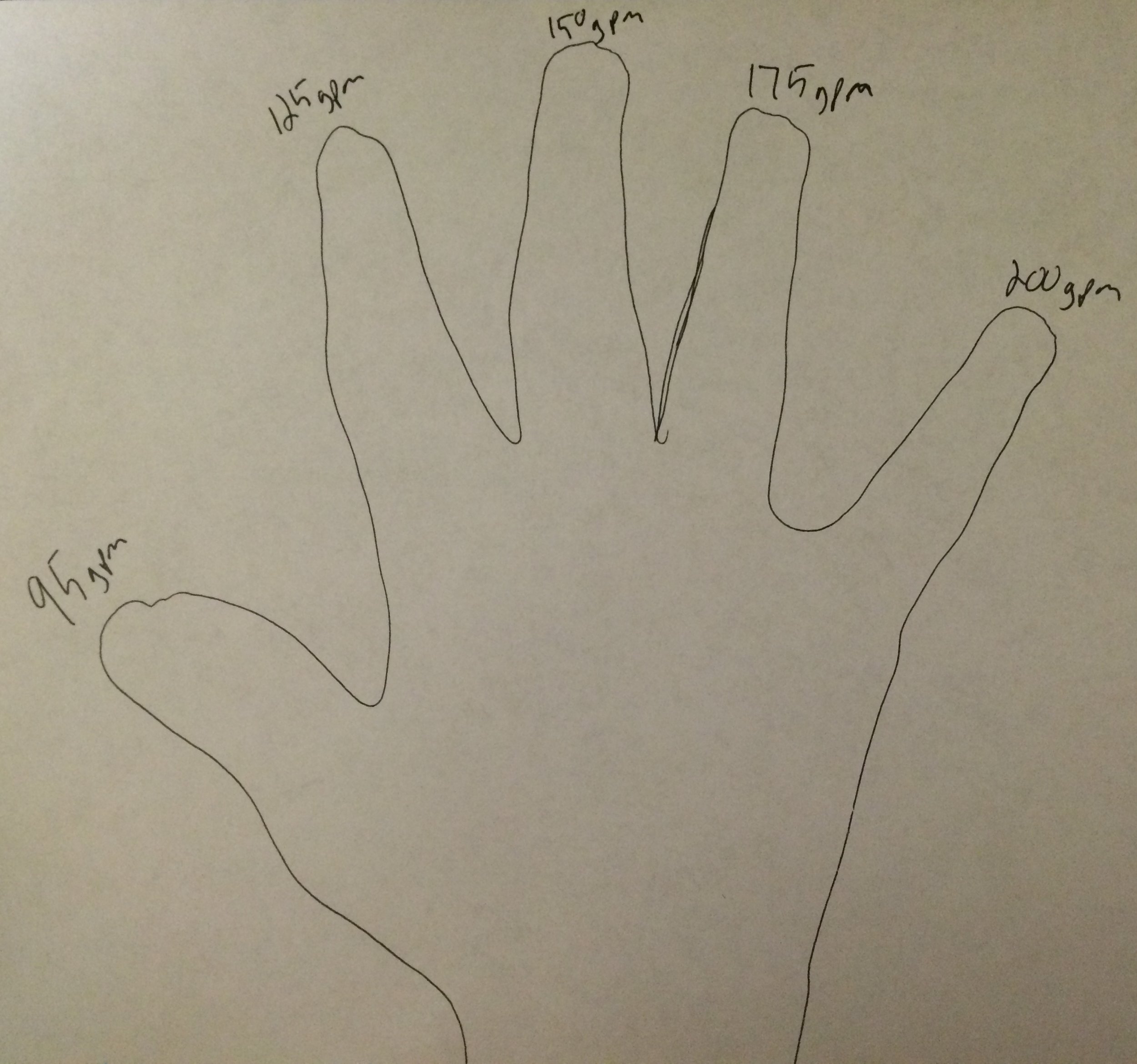
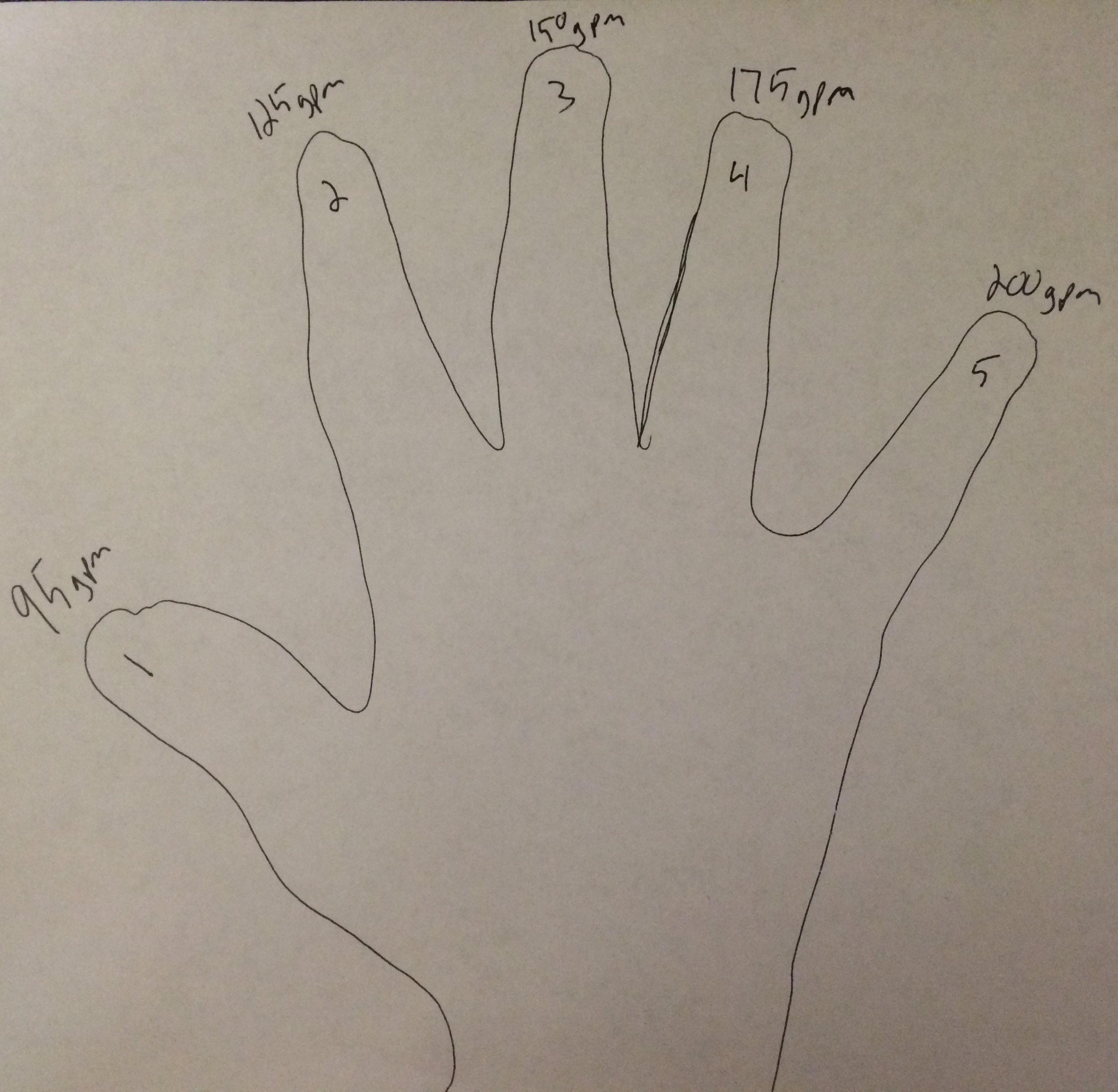 STEP 2
STEP 2




